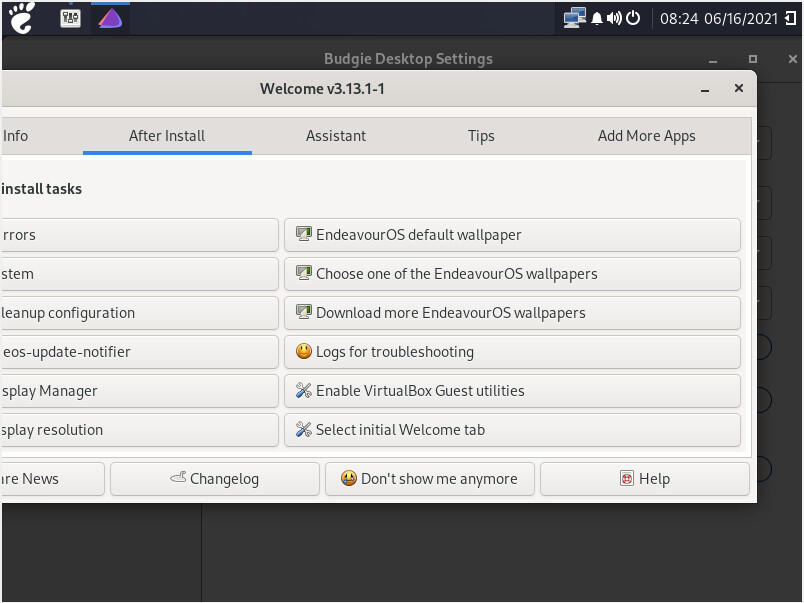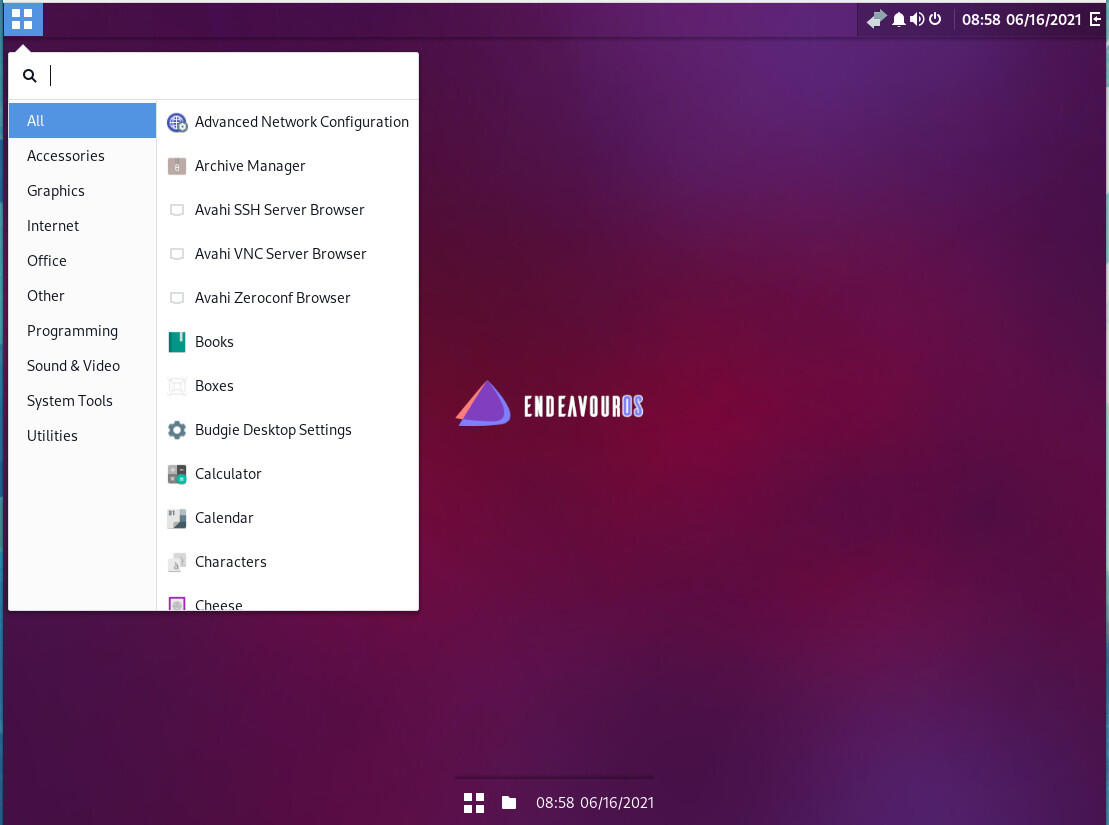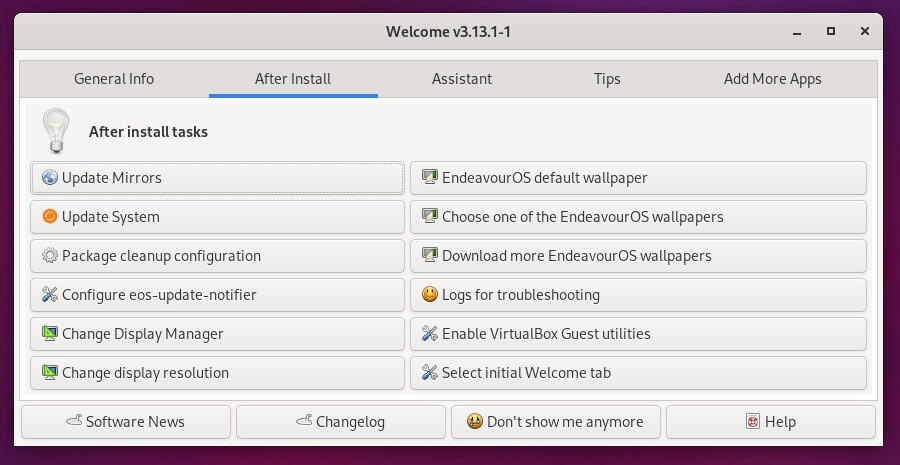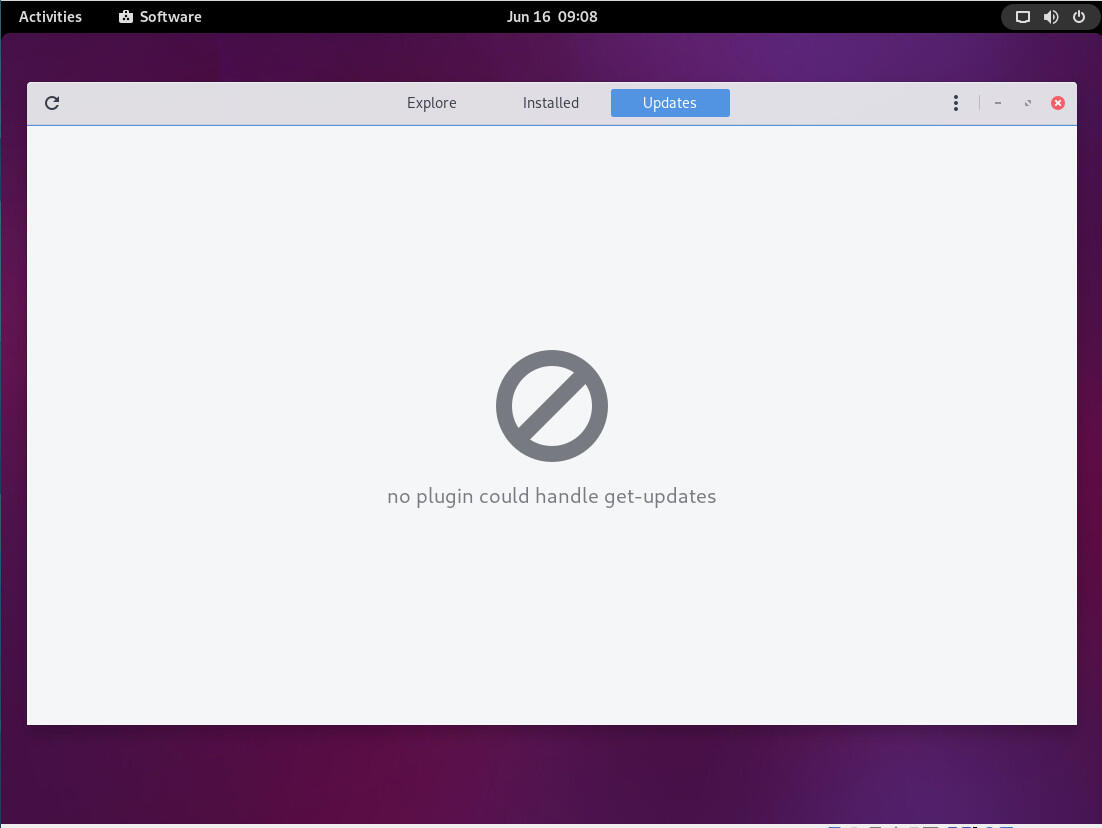EndeavourOS almost makes Arch Linux a viable desktop for the average user
Jack Wallen explores the Arch-based EndeavourOS and finds it something special—for a certain user type.
Image: Jack Wallen
I’m going to confess here: Arch Linux isn’t my cup of tea. At one point in my life, I would have been all over Arch—back in those days where I loved spending hours tweaking my desktop operating system, or waving the flag of “I installed X distribution” with pride. Those days are gone, unfortunately. Now, I simply want to install an operating system and get to the task at hand. It’s all about being efficient and proficient with a minimal amount of effort. I’ve reached that point in my career where being productive is more important than being cool.
Although, I do try to find a happy medium in there somewhere.
Installing and using the likes of Arch Linux takes a back seat to using a Linux distribution that requires next to no effort to install and start using.
That doesn’t, however, prevent me from testing out the occasional Arch-based Linux distribution. Thus, I arrived at EndeavourOS, a distribution that claims: if you like to roll up your sleeves and go on an adventure, then you might want to give us a try.
EndeavourOS isn’t an expressway to a predefined destination in computing, it is all about the journey towards your own destination; on top of that, you’ll be meeting new and friendly faces during that exploration. Or more appropriate, your new Endeavour.
EndeavourOS also calls itself terminal-centric. That alone might lead you to think that you’d be spending most of your time working in the terminal. Although that may be true for some users, I found it to be quite the opposite. In fact, I installed the Budgie version of EndeavourOS just to see what this desktop distribution was all about.
SEE: 5 Linux server distributions you should be using (TechRepublic Premium)
What I found was quite pleasant. I’d even go so far as to say EndeavourOS is a take on Arch Linux that just about anyone could use. I say that with a caveat to new users who should probably stick with the likes of GNOME, KDE, Budgie or Xfce as their desktop of choice, as the other options might be a bit much for those unfamiliar with Linux.
That’s part of the joy of a distribution like EndeavourOS—you have choices that can lead to a wonderful journey into the world of Linux. I cannot say that I would have ever applied that thought to an Arch-based distribution, but EndeavourOS has pulled off such a feat.
First impressions
I spun up a VirtualBox virtual machine for testing purposes and found the installation of EndeavorOS to be as easy as any Linux distribution on the market, which is to say it’s as easy as any operating system installation on the market. That aspect of EndeavourOS didn’t surprise me. What did surprise me was, upon first boot (after the install finished), I was greeted by the EndeavourOS Welcome tool suggesting I install the VirtualBox Guest Utilities (Figure A).
Figure A

The EndeavourOS Welcome tool will be a huge help to any user type.
As you can see, the VM initially suffered the same problem many Linux distributions (that aren’t Ubuntu) suffer under VirtualBox. However, as soon as I clicked Enable VirtualBox guest utilities, I was able to resize the window and everything worked exactly as expected. More distributions should get on board with this, or include an auto-detect feature that would automatically add the utilities without user intervention.
This did bode well for EndeavourOS. The good news didn’t stop with the VirtualBox guest utilities. As soon as I dove into Budgie, I was able to fairly quickly get the desktop configured how I tend to prefer to interact with my OS (Figure B).
Figure B

A few simple tweaks and EndeavourOS was ready to go.
This is not to say EndeavourOS is perfect—at least not for new users. For example, out of the box, you won’t find much in the way of productivity tools. Open the desktop menu, click on Office, and you’ll find only Calendar and Contacts entries. This is where things get slightly convoluted.
Within the desktop menu, you won’t find a single listing for a software store. How do you install applications? If you go back to the Welcome tool (which can be opened from the desktop menu) | System Tools | Welcome, you’ll find a tab for Add More Apps (Figure C).
Figure C

Adding new software from within the Welcome tool.
From my perspective, this is the wrong way to go. The developers should seriously consider adding an entry in the main desktop menu for Add More Apps. Of course, this is the Budgie desktop, so it could be more on the shoulders of Budgie. To test this theory, I installed the GNOME desktop environment with the command:
sudo pacman -S gnome
Upon installation, I was happy to find the developers included GNOME 40 into the mix (which is one of the most efficient desktops on the market). Upon logging in to GNOME, I immediately opened the GNOME Software tool to find out it was broken (Figure D).
Figure D

This is not a good look for EndeavourOS.
Of course, one can still install software from the Welcome app, but that’s not where new users are going to look. The second a user working with GNOME on EndeavourOS sees that error in the Software tool, they’ll be quickly turned off. From my perspective, if a distribution offers an option like GNOME as a desktop, that option should function as expected and not depend on other tools to handle functions that would normally be taken care of by the likes of GNOME Software. That issue alone sways my opinion of what could be a fantastic distribution for just about anyone into the belief that EndeavourOS is really only for those with plenty of Linux experience and don’t mind tinkering a bit to get things to work as expected.
If that sounds like you, EndeavourOS might be the perfect distribution for you to dig into and get your metaphorical fingers dirty with configurations and tweaking. Because, outside of a few pieces of this puzzle not working as expected, EndeavourOS runs very well. It’s lightning-fast, stable and once you get the hang of how things work, this Linux distribution could seriously serve you well.
Even better, if you prefer the command line as your primary interface to the operating system, EndeavourOS is a lot of fun. For those who consider themselves connoisseurs of Linux, I would highly recommend giving this distribution a try—chances are pretty good you’ll enjoy the effort. For the average user, EndeavourOS might be an option after you know your way around the open source operating system a bit more.
Subscribe to TechRepublic’s How To Make Tech Work on YouTube for all the latest tech advice for business pros from Jack Wallen.
Also see
For all the latest Technology News Click Here
For the latest news and updates, follow us on Google News.

